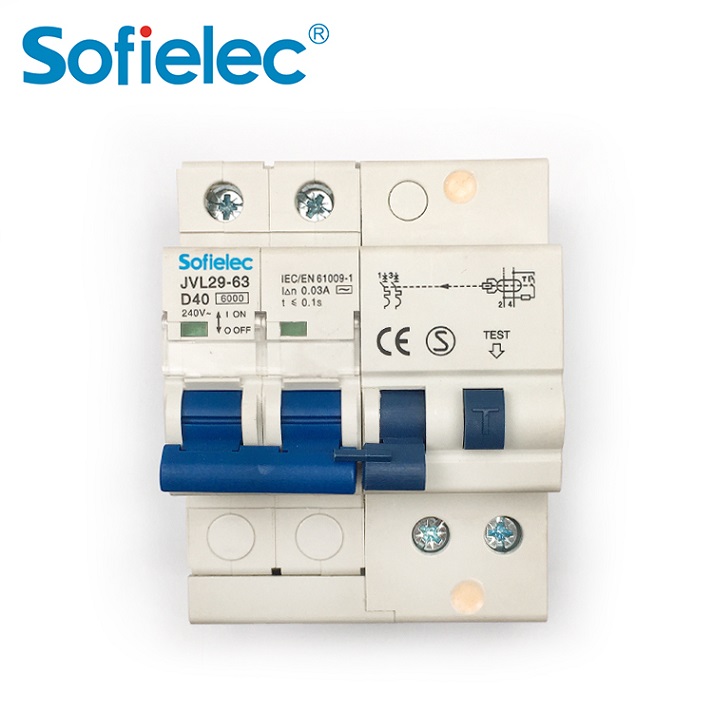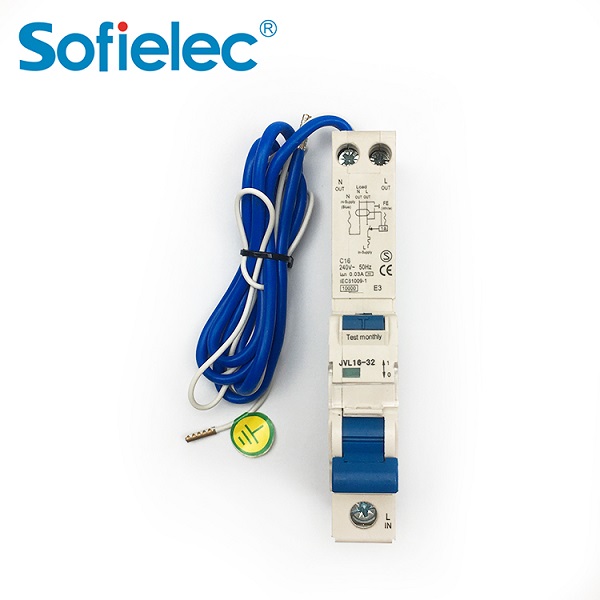Can You Replace a 10 Amp Breaker with a 20 Amp Breaker?
This is a key question many homeowners may face when adding a new appliance or dealing with a frequently tripping circuit breaker. The short and definitive answer is NO! You absolutely cannot do this.
Replacing a 10-amp circuit breaker with a 20-amp one without a thorough professional evaluation is extremely dangerous and poses a significant fire hazard. Let's analyze why this is the case and what the right approach is.
The Role of the Circuit Breaker: Your Home's Guardian
A circuit breaker's primary role is to protect the wiring hidden inside the walls, not the appliances you plug in.
Wire Capacity: Every wire has a maximum amount of current (amps) it can safely carry. A circuit with a 10-amp breaker uses wire of a specific gauge and is designed to handle currents up to or slightly above 10 amps.
Circuit Breaker Function: A 10-amp circuit breaker is calibrated to "trip" (close) when the current exceeds its rated current (usually around 10-16 amps). Tripping is a safety mechanism that prevents wires from overheating. Overheated wires can melt their insulation, leading to short circuits and electrical fires.
Dangers of Upgrading Circuit Breakers Alone
Overloaded Wires: You are now allowing up to 20 amps of current to flow through wires rated for only around 10 amps.
Lack of Safety: A new 20-amp circuit breaker won't trip at 10 or 15 amps. It will allow current far exceeding the safe capacity of the wires.
Fire Hazard: Wires can overheat, their insulation can degrade, and the risk of electrical fires increases dramatically. The circuit breaker will only trip after a severe overload, which may be too late.
The Right Way to Increase Circuit Capacity
If you truly need to increase circuit capacity (for example, to accommodate new kitchen appliances or a home studio), simply replacing the circuit breaker isn't the solution. The correct process involves:
1. Assess the wiring: The electrician must first verify that the existing wiring is capable of handling a 20-amp load. A 20-amp circuit typically requires thicker 12-gauge wire. If the circuit uses 14-gauge wire (common for 15-amp circuits, and certainly for 10-amp circuits), it must be replaced—a difficult and tedious task.
2. Inspect all connected components: The entire circuit, including receptacles and switches, must be rated for the new, higher amperage. A 20-amp circuit typically requires a special 20-amp receptacle.
3. Install the Correct Circuit Breaker: Only after the entire circuit has been verified and upgraded should a higher-amperage breaker be installed.
Choosing Quality Components: The Importance of Quality Circuit Breakers
When a licensed electrician performs a legitimate electrical upgrade, component quality is crucial. In this case, Sofielec's high-quality 10kA 16-series circuit breakers, featuring modular production and over 20 years of expertise in the low-voltage field, offer reliable products and solutions, backed by professional technical support. Contact us today for expert technical support.
Conclusion
It's understandable to want to quickly "upgrade" to fix a tripped circuit breaker, but don't take any chances. Circuit breakers are precisely calibrated safety devices. Never replace a 10-amp circuit breaker with a 20-amp one.
Always consult a qualified electrician to diagnose the issue. They'll determine whether you need to redistribute loads, repair faulty appliances, or perform a safe, code-compliant circuit upgrade with appropriately rated components, such as Superior 10kA 16-series circuit breakers. Your safety, and the safety of your home, depends on it.



